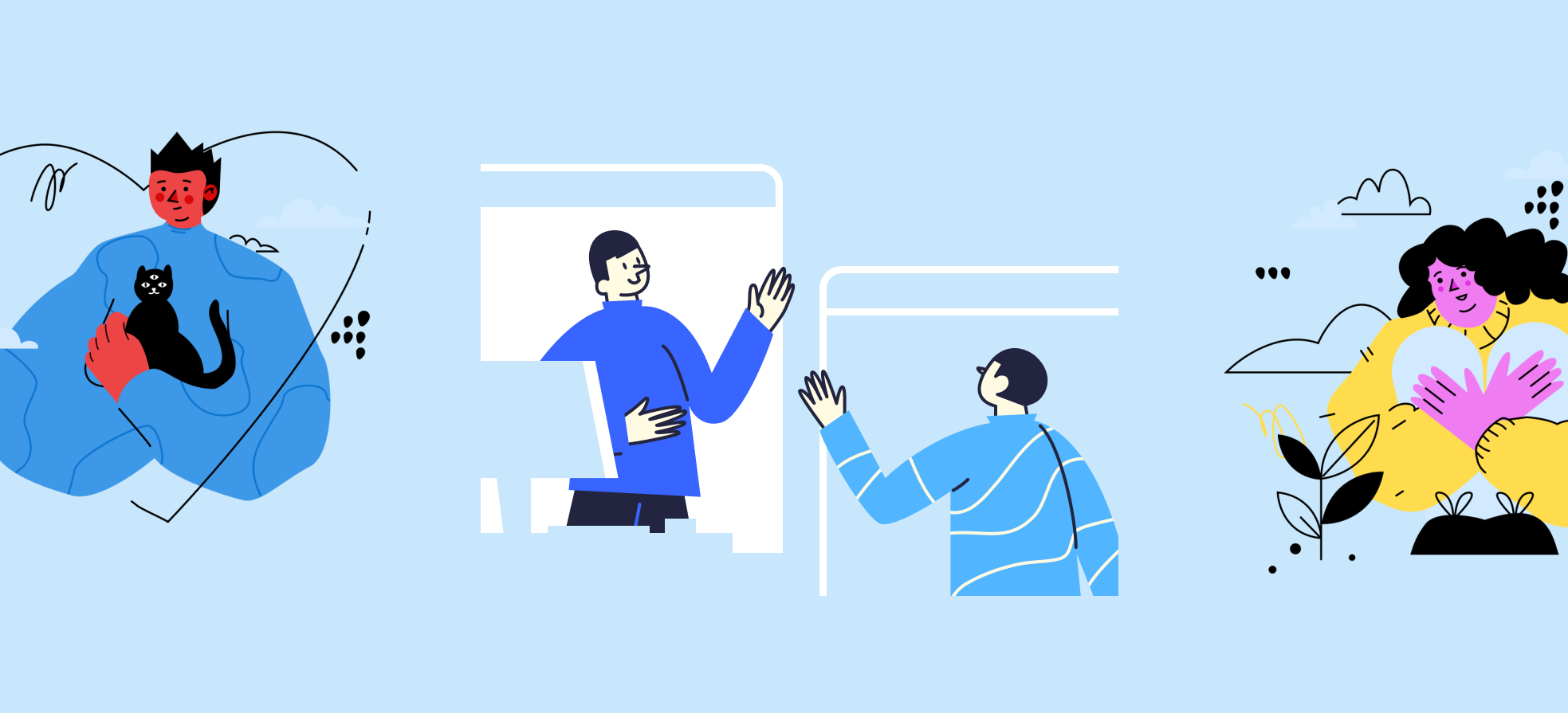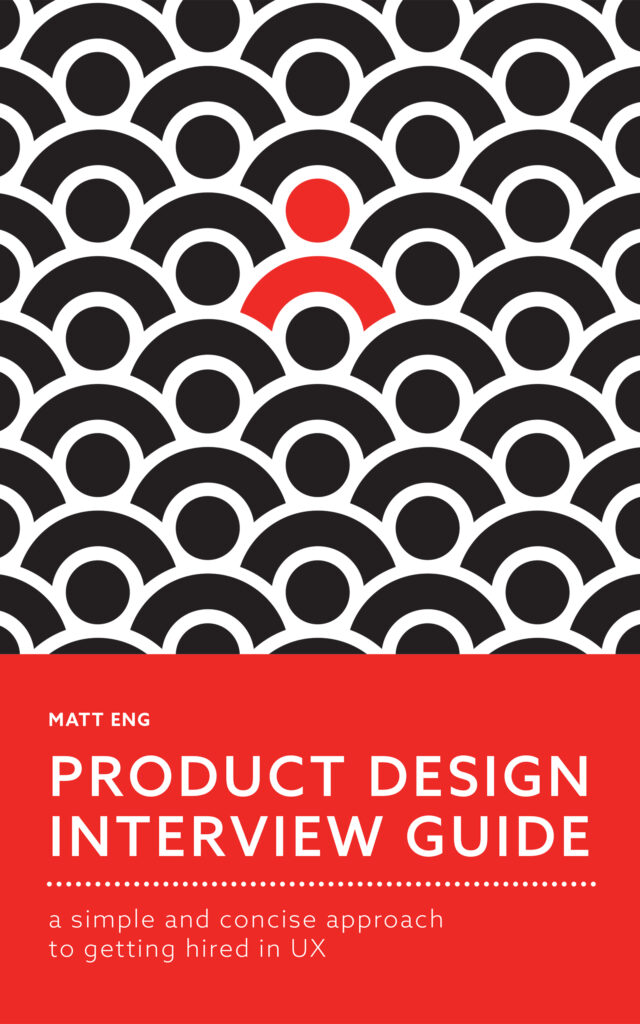What are better collaboration techniques for DesignOps and Design Managers? A frequent question I get from Design Managers and even their Directors is “how do I work with DesignOps?” The common reason behind it is that they have never had a person or a team dedicated to operations. Managers have historically dealt with establishing and maintaining standards and processes. While it is common for Design Managers to own operations for their own team, coordinating with other design teams and other cross-functional teams gets complicated. And when work deadlines approach, operations drop as a priority.
In this post, I will outline how I have established a working relationship with Design Managers in a growing UX organization by establishing clear boundaries and expectations.
What is DesignOps?
DesignOps is a mindset that focuses on coordinating and optimizing the way a growing UX team works to scale its value. In general, the practice looks at how a team leverages processes, methods, and craft with respect to its people, workflows, and tools. As opposed to product design where the attention is on the end-user, DesignOps focuses on the experience of the UX team and its challenges to meet growing demands.
If you are new to the role of DesignOps, check out this post on how I have defined the practice in a small team. Go to this blog post about starting an Ops practice at Genesys.
What do Design Managers do?

The ideal scenario for Design Managers where they can focus on all three: Priorities, People, and Ops.
One of the simplest explanations of a Design Manager’s role came from the DesignOps Summit. In short, a manager has to balance the workload of her team, their career progress, and establish and maintain systems that make the other previous ones run smoothly. This post from Dribbble dives into the details of a Design Manager’s responsibilities and the choices she needs to make compared to an individual contributor role. It is a simple explanation. However, the Design Manager role is not easy. Finding a manager who can confidently balance company priorities, support her team, and keep an eye on operations is difficult.

When crunch time happens and work needs to get out, Ops often takes a back seat.
What are the conflicts between Design Managers and DesignOps Managers?
In the past, Design Managers have always had operations as one of their priorities.
When I first joined my UX team as its first DesignOps manager, most of the Product Design team (including its Directors and Managers) had never had a dedicated Ops person. Their concerns were where Design Managers and DesignOps managers draw the line on responsibilities.
Operations are important but not the most important aspect of Design Managers’ jobs. Their performance is directly tied to their ability to deliver against company priorities. This equals how well their team performs and the quality of the work delivered. In crunch times, Design teams must focus on doing the work. So, any work on operations falls behind.
How can DesignOps help?
DesignOps managers can stay focused on completing projects deemed important to streamlining operations. The key is to be aligned with what the design team needs and find solutions that work best for them.
Before jumping in and making changes, consider how the change would impact the team. Change can be good. However, too much change implemented too quickly can be damaging. Below are key steps Ops should consider before altering how Design teams work.
How can DesignOps get started?
Discuss the steps below to show Design teams how DesignOps will collaborate with them. Decisions are made with close collaboration and clear communication with the team.
1. Start with a listening tour
DesignOps usually appear on the scene after the team size reaches around 20 or more people. So, there are already some systems and processes. Some work and some are no longer effective. Before the DesignOps manager attempts to redo processes that impact multiple teams and their cross-functional partners, schedule 1:1’s with managers and some other members of the team. Also ask to observe check-ins, stand-ups, and retros to see where issues come up.
2. Make a transparent list and prioritize it together
Share the findings from the listening tour with the Design Managers and Directors. Create a list of requests and/or pain points. Invest time to examine the requests and define a clear problem. Then together with leadership, prioritize the list of work and map out a project timeline with expected deliverables.
3. Create a task force
There are Designers who have identified issues that impacted their ability to work. In some cases, they have already started exploring solutions. Start collaborating with them. Decide where Ops can take the work over the finish line, document it, test it, and refine the solution.
It is important for the Designers to come to the solution on their own. Ops can act as a facilitator but not prescribe a solution that is not appropriate for the team.
4. Share progress on the work
Show the work-in-progress with the Design Managers and Directors. Share it during demos and/or design critiques. It is possible that the problems impact others or are a part of a larger issue.
5. Review the list and the work-in-progress often.
Talk about the reasons for prioritizing the top of the list. Keep lines of communication with Design Managers open and consistent. As the DesignOps manager works on the prioritized list, Design Managers need updates on the work aimed to help the team. Document and communicate the following.
- Progress on the work
- Expected releases coming up
- Changes in the team’s need or new priorities
- Raising the work up across to other teams for best practices and playbooks
- Review how well Design managers and Ops are working and what needs improvement
Closing thoughts
As UX teams grow, the need for management infrastructure increases. Design Managers struggle to strike the balance between optimal work output on company priorities, designers’ career growth, and scalable systems. DesignOps can be a strategic partner for management to identify, build, and scale those systems when work priorities and career nurturing take over. Thus, it is crucial for Design Managers and Operations to define a clear boundary for an effective working relationship.
Other helpful resources on DesignOps
Starting a DesignOps practice at Genesys
The State of DesignOps (and other things) from the 2021 DesignOps Summit.

